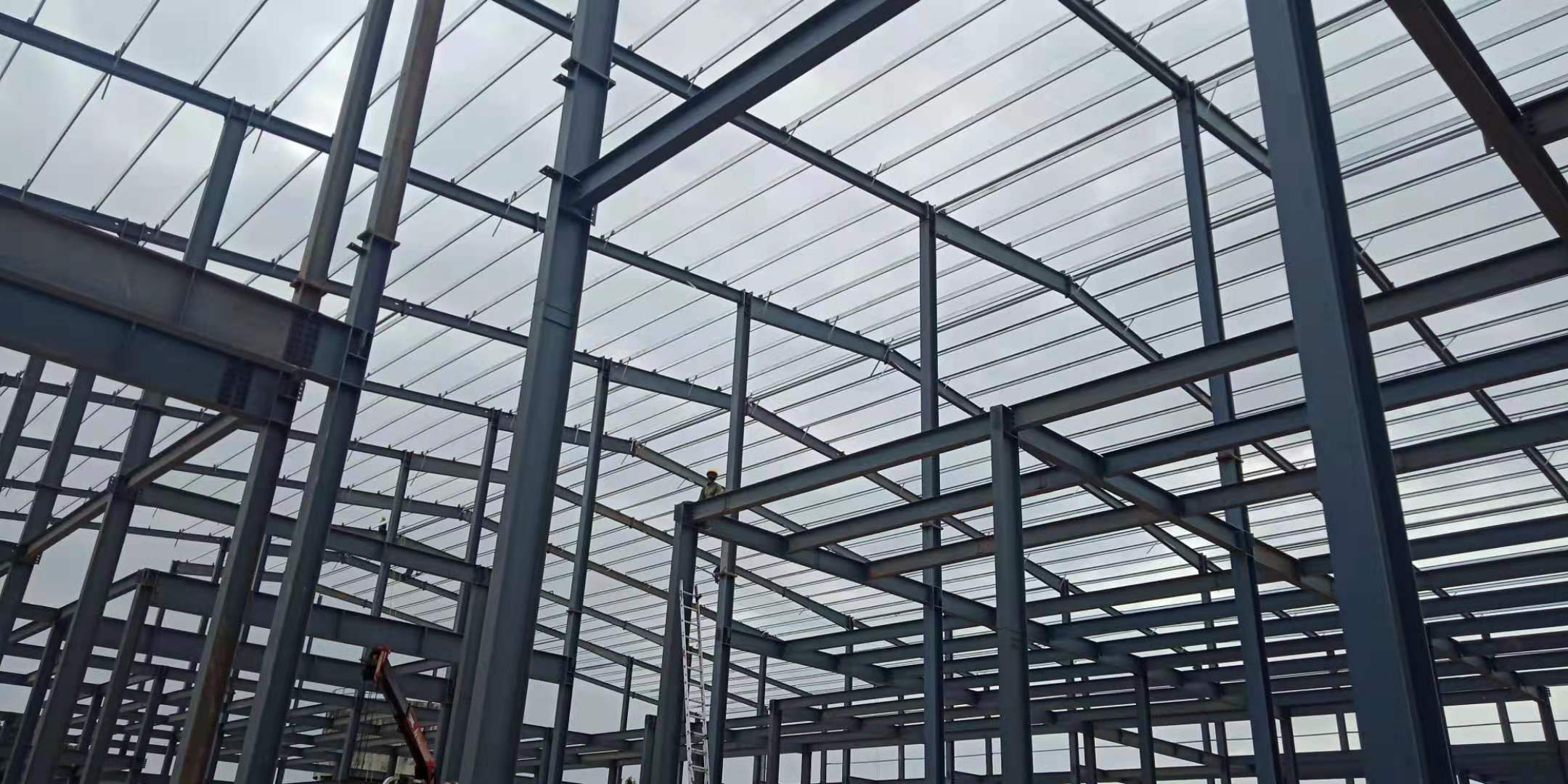Table of Contents
Function Layout of Box House in Temporary Command Center
In times of emergency, having a well-organized and efficient command center is crucial for coordinating response efforts and ensuring the Safety of the public. One common structure used for temporary command centers and emergency dispatching centers is the box house. This article will discuss the function layout and communication requirements of a box house in these critical situations.
The function layout of a box house in a temporary command center is designed to facilitate communication and coordination among emergency responders. The layout typically includes a central command area where key personnel can oversee operations and make critical decisions. Surrounding this central command area are various workstations for different departments, such as logistics, operations, and communications.
Each workstation is equipped with the necessary tools and technology to support the functions of that department. For example, the operations workstation may have maps, charts, and real-time data feeds to track the progress of response efforts. The communications workstation may have radios, phones, and computers to facilitate communication with field personnel and other agencies.

In addition to workstations, the box house layout may also include meeting rooms for briefings and debriefings, as well as rest areas for personnel to take breaks and recharge. The layout is designed to be flexible and adaptable to the specific needs of the emergency response operation, allowing for quick reconfiguration as the situation evolves.
Communication requirements in a box house are paramount for ensuring effective coordination and response. In a temporary command center, communication must be clear, concise, and timely to keep all personnel informed and on the same page. This requires robust communication systems that can handle high volumes of traffic and operate in challenging environments.
One key communication requirement in a box house is interoperability. Different agencies and departments may use different communication systems, so it is essential that these systems can work together seamlessly in a crisis. This may involve using interoperable radios, phone systems, and computer networks that can bridge the gap between different technologies.
Another important communication requirement is redundancy. In an emergency situation, communication systems can be easily overwhelmed or damaged, so it is crucial to have backup systems in place. This may include redundant radio channels, satellite phones, and alternative communication methods such as runners or messengers.
Furthermore, communication in a box house must be secure to protect sensitive information and prevent unauthorized access. This may involve encryption, secure networks, and protocols for verifying the identity of users. Security measures are essential for maintaining the integrity of the command center and ensuring that critical information is not compromised.
In conclusion, the function layout and communication requirements of a box house in a temporary command center are essential for effective emergency response. The layout is designed to facilitate coordination and communication among personnel, while communication systems must be robust, interoperable, redundant, and secure. By ensuring that these requirements are met, emergency responders can work together efficiently and effectively to mitigate the impact of disasters and protect the public.
Communication Requirements of Box House in Emergency Dispatching Center
In emergency situations, effective communication is crucial for coordinating response efforts and ensuring the safety of individuals. The layout and communication requirements of a box house in a temporary command center and emergency dispatching center play a vital role in facilitating communication among personnel and agencies involved in emergency response.
The layout of a box house in an emergency dispatching center is designed to optimize communication and coordination among emergency responders. The box house typically consists of multiple workstations equipped with communication devices such as radios, telephones, and computers. These workstations are strategically positioned to allow for easy access to communication tools and facilitate collaboration among team members.
In addition to the physical layout of the box house, communication requirements also play a key role in ensuring effective communication during emergency response operations. Clear communication protocols and procedures are essential for coordinating response efforts and sharing critical information in a timely manner. This includes establishing designated channels for different types of communication, such as emergency alerts, status updates, and resource requests.
Furthermore, the use of technology plays a crucial role in enhancing communication capabilities in a box house. Advanced communication systems, such as digital radios and computer-aided dispatch systems, enable emergency responders to communicate quickly and efficiently, even in high-stress situations. These technologies also allow for real-time tracking of resources and personnel, which is essential for effective coordination and decision-making during emergencies.
In addition to technology, effective communication in a box house also relies on the skills and training of personnel. Emergency responders must be trained in effective communication techniques, such as active listening, clear and concise messaging, and the ability to remain calm under pressure. This training ensures that communication flows smoothly and accurately during emergency response operations.
Moreover, the layout of a box house in a temporary command center is designed to support communication and coordination among multiple agencies and organizations involved in emergency response. The box house typically includes designated areas for different agencies to work together, such as a command center, operations center, and logistics center. This layout allows for seamless communication and collaboration among different stakeholders, ensuring a coordinated and efficient response to emergencies.
In conclusion, the layout and communication requirements of a box house in a temporary command center and emergency dispatching center are essential for facilitating effective communication during emergency response operations. By optimizing the physical layout of the box house, establishing clear communication protocols, leveraging technology, and providing training to personnel, emergency responders can ensure that communication flows smoothly and accurately, enabling a coordinated and efficient response to emergencies. Effective communication is the cornerstone of successful emergency response operations, and the layout and communication requirements of a box house play a critical role in supporting this essential function.

